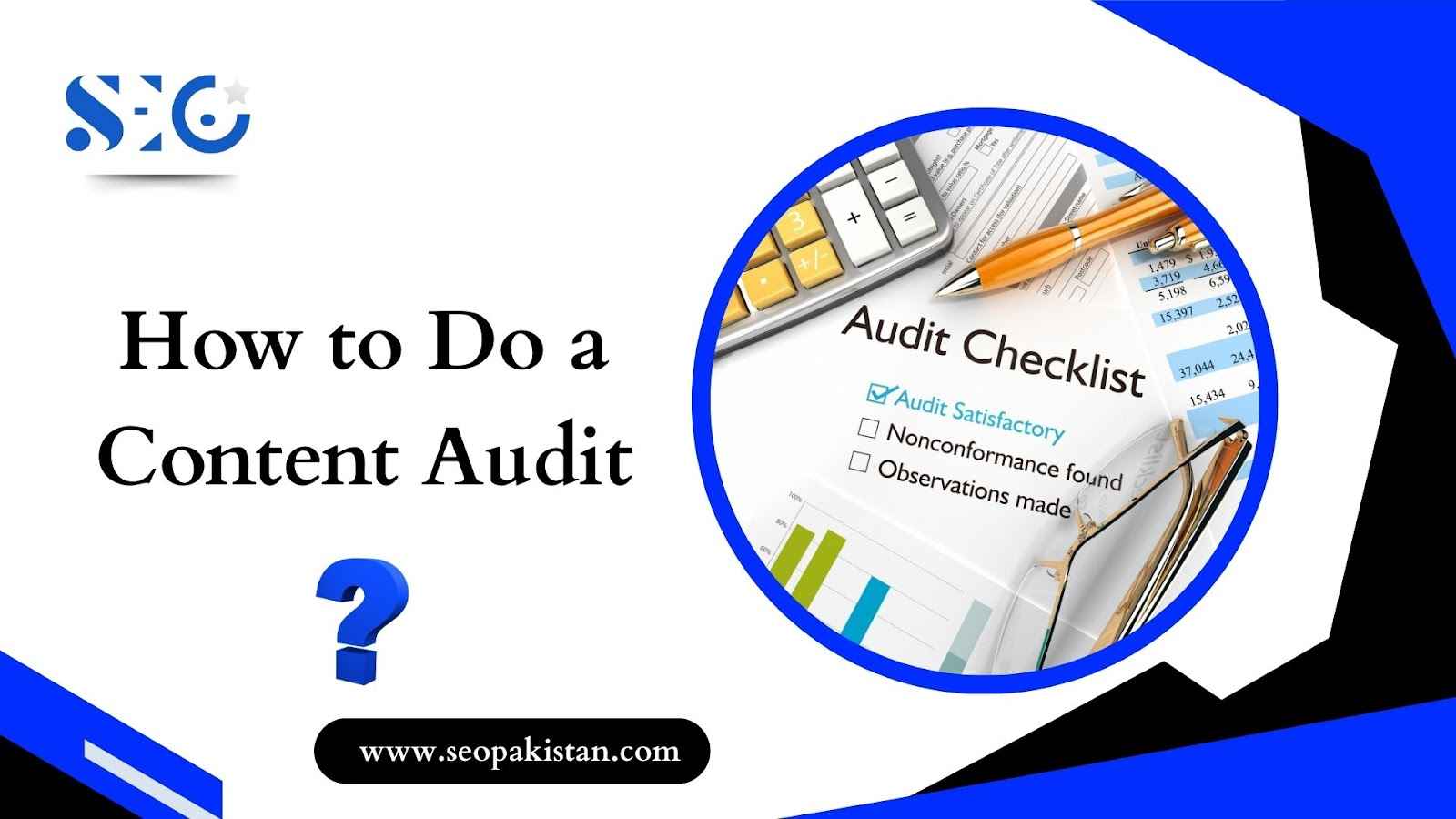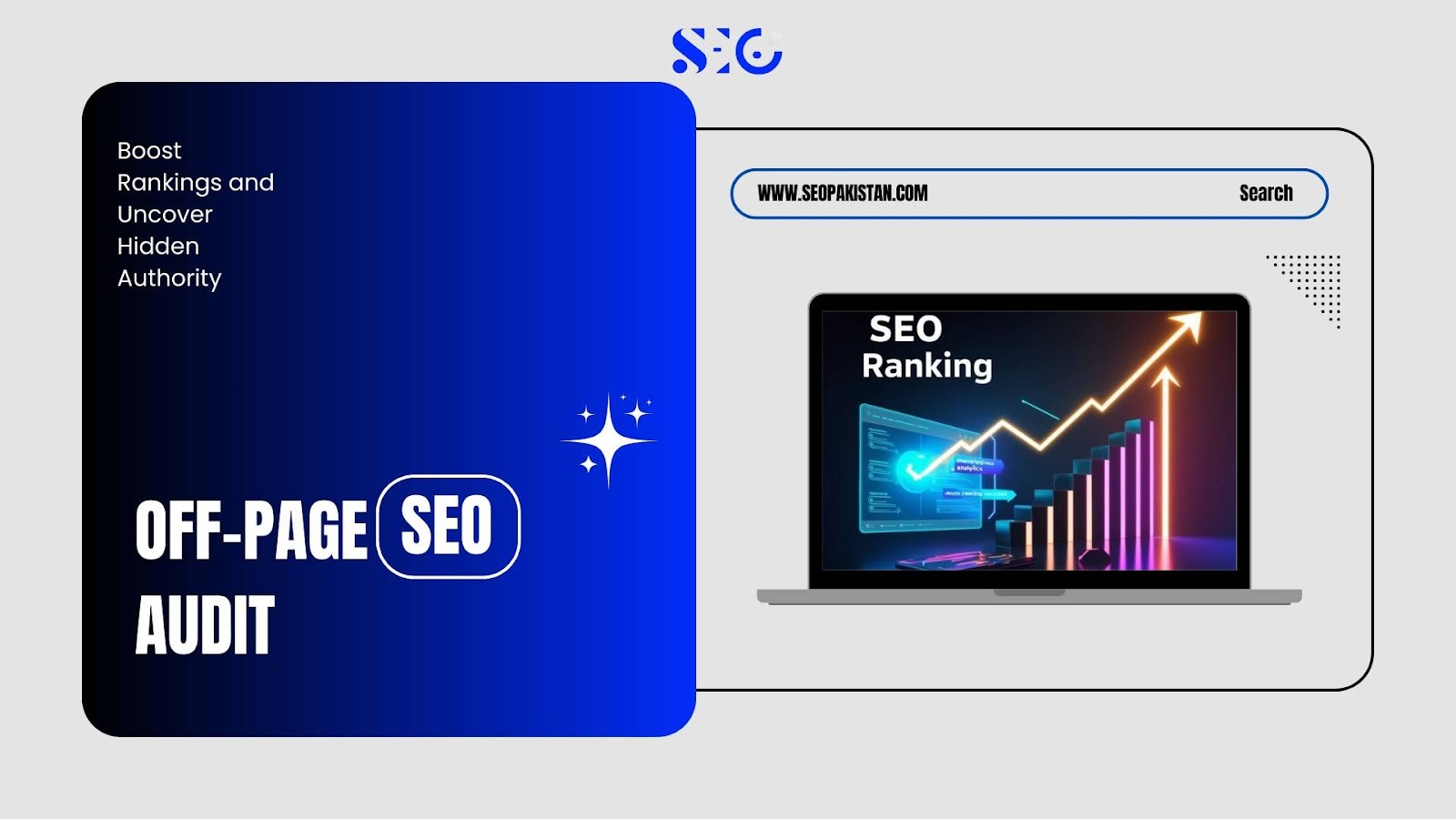A content audit sounds intimidating, but it’s one of the most powerful tools in your digital marketing arsenal. As someone who has managed countless campaigns and optimized hundreds of websites, businesses regularly see 20-30% increases in organic traffic after conducting a thorough content audit.
Simply put, a content audit is a comprehensive review of all the content on your website. You’re examining what’s working, what’s not, and what opportunities you’re missing.
Many marketers avoid content audits because they seem overwhelming. Where do you start when you have hundreds or thousands of pages? How do you make sense of all the data?
This guide offers a clear and practical framework, simplifying the process into easy-to-follow steps. You’ll walk away with a clear system for auditing your content and, more importantly, a concrete action plan for improvement.
What is a Content Audit?
Does your website’s content sometimes feel like it’s been forgotten? Some pages are performing well, but others are collecting dust, and you’re not sure why.
A content audit is a thorough evaluation of all the content on your website from a strategic perspective. It’s not just about counting pages; it’s about reviewing every piece of content to ensure it’s performing as expected and helping you achieve your business objectives. It’s the essential step to understanding what’s working, what’s not, and exactly why.
Your audit can cover a wide range of content formats, including:
- Blog posts and articles
- Landing pages
- Product descriptions
- Videos
- Whitepapers and case studies
You might be thinking this sounds like a daunting task, but trust us, it’s not. The payoff is immense. Before we dive into the exact steps, let’s explore why this process is so important for every organization, regardless of its size.
Why is a Content Audit so Important?
Over time, content can become outdated, irrelevant, or simply stop performing. Regular content audits are crucial because they help you take control and ensure every piece of content is actively working for you, not against you.
A thorough content audit provides numerous benefits, allowing you to:
- Boost SEO: Optimize content to increase rankings and organic traffic.
- Build Trust: Ensure all information is fresh and accurate, maintaining credibility with your audience.
- Find New Opportunities: Identify content gaps to create new, valuable material that your audience is searching for.
- Improve Conversions: Pinpoint and optimize content that can better guide visitors toward a desired action.
- Make Data-Driven Decisions: Use data, not guesswork, to decide whether to improve, consolidate, or remove a piece of content.
Part 1: Setting Your Goals | The “Why” Behind Your Audit
Before diving into spreadsheets and analytics, you need crystal-clear objectives. Conducting a content audit without clear goals is like traveling without knowing where you’re headed; it wastes both time and resources
Common Goals for a Content Audit:
What specific outcomes are you hoping to achieve? Here are the most impactful reasons businesses conduct content audits:
- Improving SEO and search rankings
- Finding content gaps and new topic opportunities
- Boosting conversions and user engagement
- Updating outdated information and facts
Who Should Be Involved
A content audit isn’t a solo project. The most successful audits involve cross-functional collaboration. Your content creators understand the intent behind each piece, SEO specialists can identify technical optimization opportunities, and subject matter experts can spot inaccuracies or outdated information.
Consider forming a small audit team with representatives from content, SEO, and your core business areas.
Part 2: Taking Inventory | The “What” You Need to Audit
You can’t audit what you can’t see. This phase involves creating a comprehensive inventory of all your content, and there are two primary approaches depending on your site’s size and complexity.
Method 1: The Manual Method
Simply navigate through your site systematically, recording each URL in a spreadsheet. Start with your main navigation, then move through subpages, blog archives, and any standalone landing pages.
Method 2: The Automated Method
Google Search Console: Navigate to the “Pages” report under “Indexing” to see all URLs Google has indexed from your site. This gives you a search engine’s perspective of your content and reveals which pages Google considers most important.
Screaming Frog: This desktop application crawls your entire website and exports a comprehensive list of URLs along with technical SEO data. The free version handles up to 500 URLs, making it perfect for most small to medium-sized sites.
Content Audit Spreadsheet: Essential Columns
Your audit spreadsheet is your command center. Here are the critical columns that will drive your analysis and decision-making:
| Column | Description | Why It’s Important |
| URL | The unique web address of the content piece | This is the unique identifier for each piece of content |
| Content Type | Blog post, landing page, video, product description, etc. | Helps you understand which content formats perform best |
| Date Published | The original date the content was published | Critical for identifying outdated content and analyzing performance over time |
| Word Count | The total number of words on the page | Helps you analyze the correlation between content length and performance |
Part 3: Analyzing Your Content
Raw inventory is just the beginning. It’s time to link performance data to see how each piece of content is contributing to your business’s success.
How to Use Google Analytics for Your Audit
Google Analytics offers valuable insights into user behavior, helping you understand how your content performs beyond just tracking traffic metrics. Navigate to the “Pages and screens” report under “Engagement” to access key metrics:
- Page Views tell you which content attracts the most visitors, but don’t mistake high traffic for high value.
- Time on Page shows how engaging your content is by measuring how long visitors stay.
- Bounce Rate indicates whether people immediately leave after landing on a page, often signaling poor content-audience fit or technical issues.
A Guide to Using Google Search Console for Audits
- The “Performance” report shows you which queries bring people to your content and reveals significant optimization opportunities.
- Look for pages with high impressions but low click-through rates; these represent content that appears in search results but doesn’t compel people to click.
- Also, identify pages ranking on the second page (positions 11-20) for valuable keywords, as these often represent your best opportunities for quick ranking improvements.
Part 4: The Action Plan | Keep, Kill, Update, or Consolidate (KKUC)
Data without decisions is worthless. The KKUC framework transforms your audit insights into clear, actionable next steps for every piece of content.
A. Keep: Content that is performing well and doesn’t need changes
Some content is already crushing it. These “all-star” pages typically show high organic traffic, strong search rankings for target keywords, low bounce rates, and healthy engagement metrics.
Don’t fix what isn’t broken. These pages prove your content strategy is working and should inform future content creation.
B. Kill: Content that is underperforming or hurting your site
- Regularly audit your content to identify pages with zero organic traffic for six months or more, outdated topics irrelevant to your business, or duplicate pages that may hurt SEO and user experience.
- When deleting pages, always implement 301 redirects to retain any link equity. Redirect users to the most relevant existing page to maintain a seamless user experience, or to your homepage if no closely related alternative is available.
- Proactively manage your content lifecycle to ensure your site remains focused, user-friendly, and optimized for search engines.
C. Update: Content with good potential that needs improvement
Look for pages that receive some traffic but could perform much better, content with outdated information or statistics, and pieces ranking on the second page for valuable keywords.
Update these pages by adding recent data and examples, improving readability and formatting, optimizing titles and meta descriptions, and expanding thin content with additional valuable information.
D. Consolidate: Content with similar topics that should be combined
- Avoid internal competition by identifying pages targeting similar keywords.
- Look for:
- Content covering nearly identical topics.
- Pages with overlapping target keywords.
- Thin content that could benefit from consolidation.
- Combine the best elements from each page into one comprehensive resource.
- Redirect the old pages to:
- Preserve link equity.
- Retain search engine history.
KKUC Decision-Making at a Glance
Quick reference criteria help you categorize content efficiently and consistently:
| Action | Key Criteria for Decision | Next Steps |
| Keep | High traffic, strong rankings, low bounce, and good engagement. | Nothing. These pages are your champions |
| Kill | No organic traffic, zero backlinks, and the topic is outdated or irrelevant | Remove content and use a 301 redirect to keep link value. |
| Update | Has traffic but needs improvement to rank higher, contains outdated information, or is missing key details | Identify content gaps and on-page SEO opportunities. Add new information and republish |
| Consolidate | Multiple pages on your site are targeting the same or very similar keywords | Combine the best content from all pages into one ultimate resource and 301 redirect the others |
Part 5: Turning an Audit into a Strategy
Your content audit only creates value when you act on the insights. Transform your findings into a systematic improvement plan that drives measurable results.
Create an editorial calendar that prioritizes your updates based on potential impact and resource requirements. Start with quick wins, pages that need minor updates but could see significant ranking improvements. Then tackle larger consolidation projects and content gap opportunities.
How Often Should You Do a Content Audit?
Audit frequency depends on how quickly your content library grows and changes. Sites publishing daily content should conduct quarterly mini-audits focusing on recent content performance.
Most businesses benefit from comprehensive annual audits, with smaller sites potentially extending to every 18-24 months.
Conclusion
A systematic content audit isn’t just about cleaning up your website; it’s about maximizing the return on your content investment. The KKUC framework provides a simple but powerful decision-making model that cuts through analysis paralysis and drives real results.
Keep in mind that auditing your content is not a one-time task but a continuous practice. Markets change, search algorithms evolve, and user expectations shift. Regular audits ensure your content stays aligned with both your business goals and your audience’s needs.
The data is waiting in your analytics accounts. Your content inventory spreadsheet is prepared and ready for input. Start with just 10-20 pages. If the full audit feels overwhelming, you’ll immediately see the value and build momentum for tackling your entire content library.
Ready to take your content strategy to the next level? Visit our website SEO Pakistan and see how our SEO tools can help you simplify and optimize your process!
Frequently Asked Questions
What is a content audit for?
The main purpose is to evaluate all the content on your website to identify what’s working, what’s not, and why. This process helps you make data-driven decisions to improve SEO, user engagement, and conversions.
Content audit vs. inventory: What’s the difference?
A content inventory is a simple list of all your website’s URLs and basic details. A content audit goes a step further by evaluating that content based on specific performance metrics, quality, and relevance to your goals.
How long does a content audit take?
The duration depends on your website’s size and the depth of your analysis. A small website (under 100 pages) can be audited in a few days, while a large site with thousands of pages may take several weeks.
Can a content audit improve Google rankings?
Yes, absolutely. An audit helps you find opportunities to update and optimize underperforming content, fix issues like keyword cannibalization, and remove low-quality pages, all of which can lead to higher rankings and more organic traffic.













